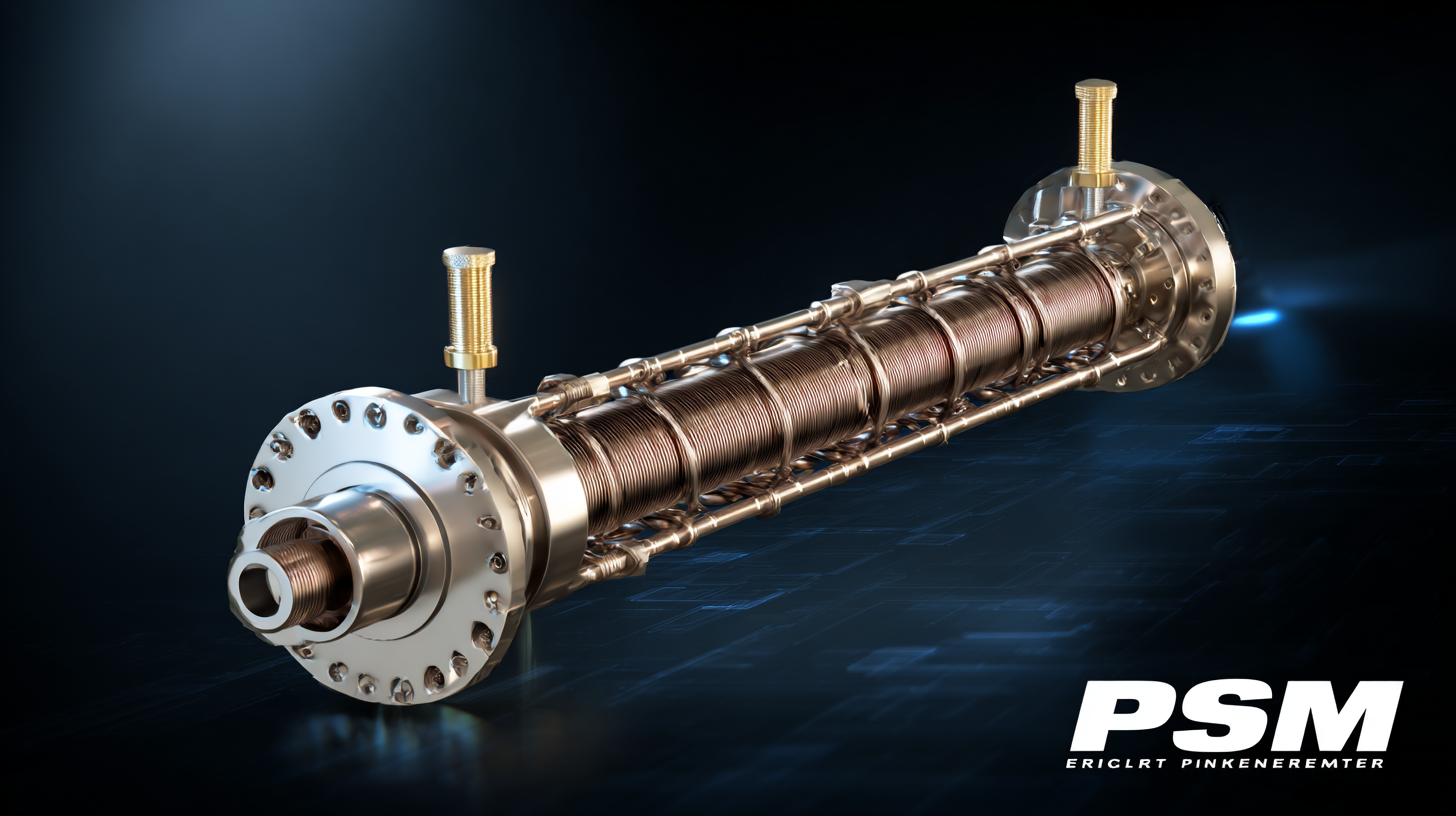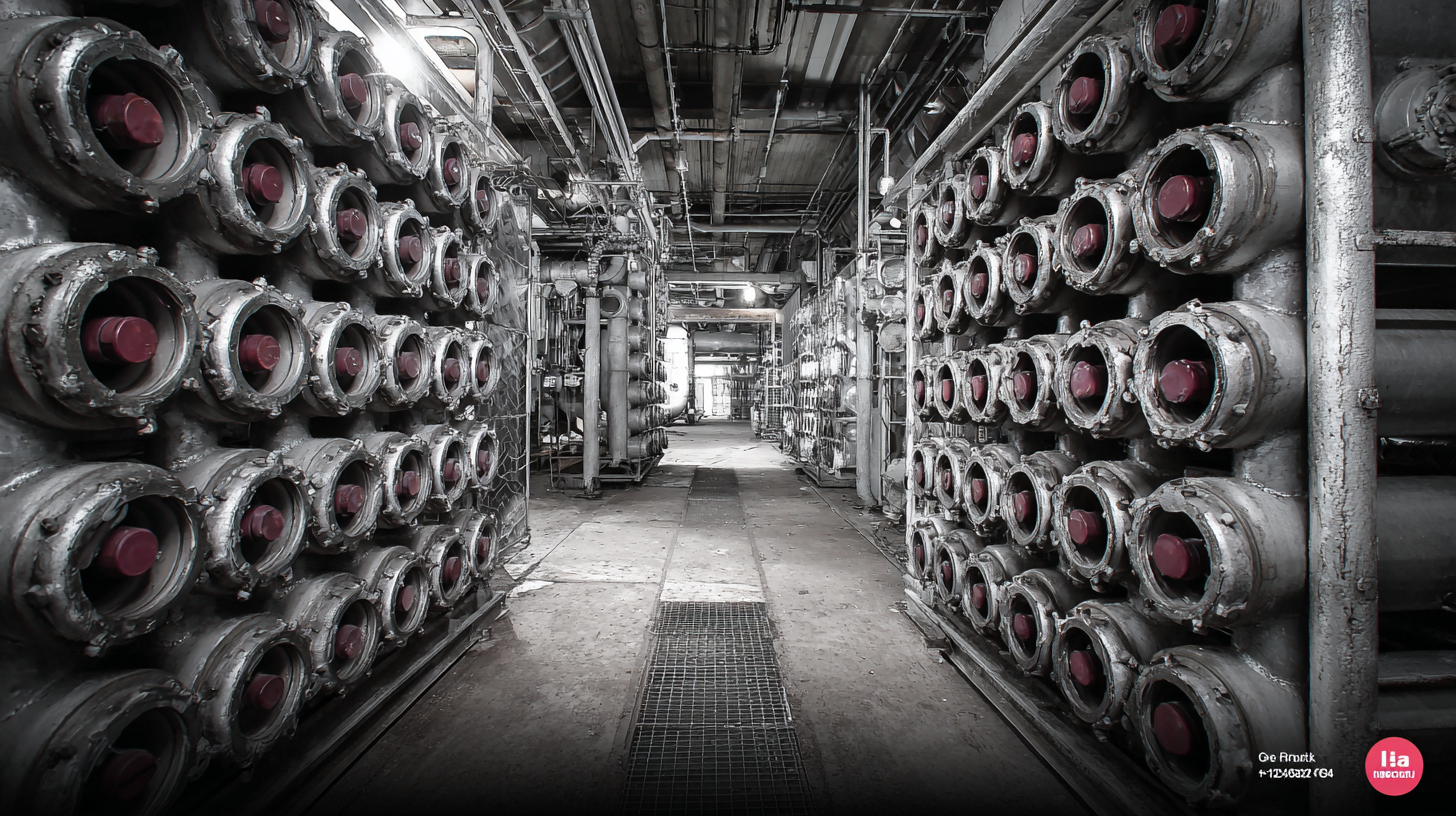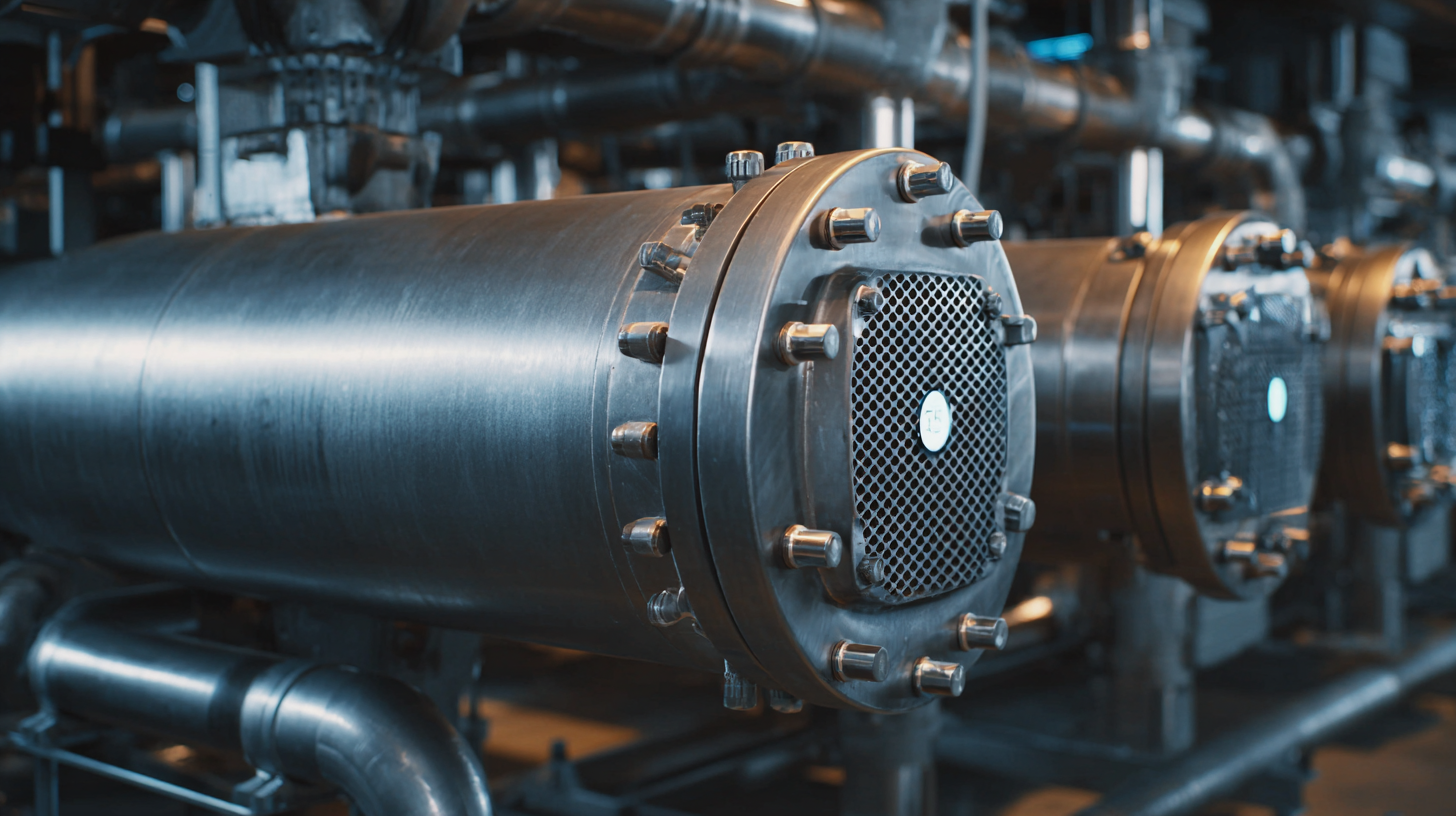Empowering Engineering Excellence: Innovate, Elevate, Deliver.
In today's industrial landscape, the efficiency of thermal management systems is a crucial factor in operational success, and Tube Heat Exchangers play a pivotal role in achieving this goal. These devices are instrumental across a variety of sectors, including oil and gas, power generation, and chemical processing, where they facilitate the transfer of heat between fluids, ensuring optimal performance and energy conservation.
According to a recent report by Markets and Markets, the global market for heat exchangers is projected to reach $24.1 billion by 2025, underscoring their significance in enhancing energy efficiency and reducing operational costs. However, selecting the right Tube Heat Exchanger can be a daunting task due to the diverse types and designs available, as well as the specific demands of various industrial applications.
Understanding the complexities involved and the potential issues that can arise is essential for making informed decisions that align with your operational needs.

Tube heat exchangers are vital components in various industrial applications, facilitating efficient thermal energy transfer between two fluids. Understanding their key components—such as tubes, headers, and shell—is essential for anyone involved in selecting the right unit for their operational needs. The basic design consists of multiple tubes that carry one fluid, while the other fluid circulates around these tubes, allowing heat exchange to occur through the tube walls without mixing the fluids.
The functionality of tube heat exchangers greatly hinges on factors like material selection and configuration. Typically constructed from metals with high thermal conductivity, such as stainless steel or copper, these exchangers can withstand high pressures and corrosive environments. The layout can vary, with both single and multi-pass designs available to optimize heat transfer rates. Additionally, the design must account for fluid properties to minimize fouling and pressure drop, ensuring maximum efficiency. Understanding these components and their functionality is crucial in making an informed decision when selecting a tube heat exchanger for specific industrial applications.
When selecting a tube heat exchanger for industrial applications, it's essential to first identify the specific needs of your operation. Tube heat exchangers are versatile and can be employed across various sectors, including chemical processing, oil and gas, food and beverage, and HVAC systems. Each application presents unique challenges, such as temperature ranges, pressure conditions, and fluid types, which must be carefully considered to ensure optimal performance and efficiency.
For instance, in the chemical processing industry, where high temperatures and corrosive fluids are common, selecting a heat exchanger with the right material and design is crucial. Similarly, in the food and beverage sector, hygiene standards dictate the need for easily cleanable designs that prevent contamination. By mapping out the specific requirements of your industrial applications, you can make informed decisions on the size, materials, and configurations of tube heat exchangers to meet your operational goals effectively.
Understanding these factors will ultimately lead to enhancements in energy efficiency and operational reliability.

As we look toward 2025, the design of tube heat exchangers is undergoing significant transformations fueled by emerging technologies. Innovations in materials science are at the forefront, introducing lightweight alloys and composites that enhance thermal conductivity while resisting corrosion and fouling. These advancements allow for more efficient heat transfer and increased longevity of the heat exchangers.
Moreover, the integration of nanotechnology is paving the way for coatings that minimize surface adhesion, further optimizing performance in challenging industrial environments.

Another key trend is the adoption of advanced simulation and modeling tools, which provide engineers with the ability to predict heat exchange performance under various operating conditions. This capability not only facilitates the design of more compact and efficient systems but also enables rapid prototyping and testing, reducing the time to market for new solutions.
Additionally, the incorporation of IoT-enabled sensors allows for real-time monitoring and adaptive control, ensuring that tube heat exchangers operate at peak efficiency while minimizing maintenance costs. These technologies promise to redefine industrial standards, ultimately leading to more sustainable and cost-effective heating and cooling solutions.
When selecting a tube heat exchanger for industrial applications, several critical factors must be taken into account to ensure optimal performance and efficiency. First and foremost, consider the physical attributes such as size, weight, and material composition. The heat exchanger should be constructed using materials that can withstand the specific temperature and pressure conditions of your system, while also being resistant to corrosion and fouling. Stainless steel and titanium are common choices for settings that involve aggressive fluids or extreme temperatures.
Another essential factor is the design and configuration of the heat exchanger. The arrangement of tubes, the number of passes, and the layout can significantly influence heat transfer efficiency and pressure drops. It's crucial to match the heat exchanger design to the fluid properties and flow patterns in your system. Additionally, accounting for maintenance access and cleaning procedures is vital to ensure long-term reliability and operational efficiency. Pay attention to the manufacturer's specifications and guidelines to optimize the performance of your tube heat exchanger in your specific industrial environment.
When evaluating tube heat exchangers for industrial applications, several performance and efficiency factors must be considered to ensure optimal selection. According to the Heat Exchange Institute, the overall thermal efficiency of a tube heat exchanger can vary significantly based on its design and operational parameters, ranging from 60% to over 90%. One critical aspect to monitor is the heat transfer coefficient, which is highly influenced by fluid properties, flow arrangements, and surface conditions. For example, enhancing the surface area through tube expansion or finning can increase the heat transfer rate by up to 20%, making such modifications a valuable consideration in the design phase.
Another vital component of performance assessment is evaluating the pressure drop across the exchanger. The American Society of Mechanical Engineers (ASME) recommends maintaining a pressure drop within 5% of the total system pressure to ensure efficient operation and prevent unnecessary energy losses. Additionally, routine maintenance plays a key role in sustaining performance levels. Studies indicate that a well-maintained tube heat exchanger can retain up to 95% of its initial efficiency compared to a neglected unit, which can suffer from fouling and corrosion, leading to performance degradation. Thus, a thorough checklist focusing on thermal efficiency, pressure drop, and maintenance practices will guide industries in selecting the most suitable tube heat exchanger for their needs.